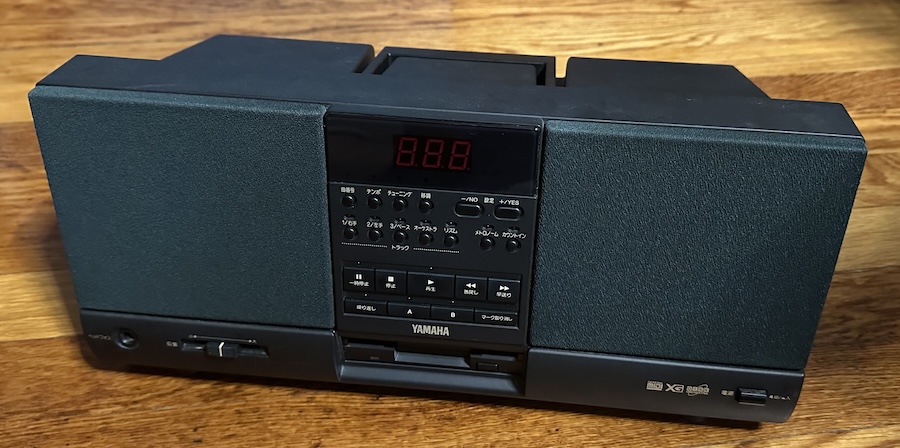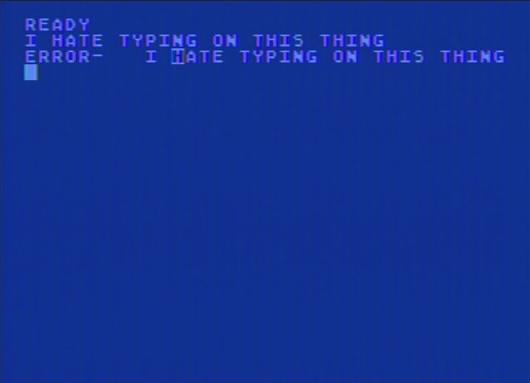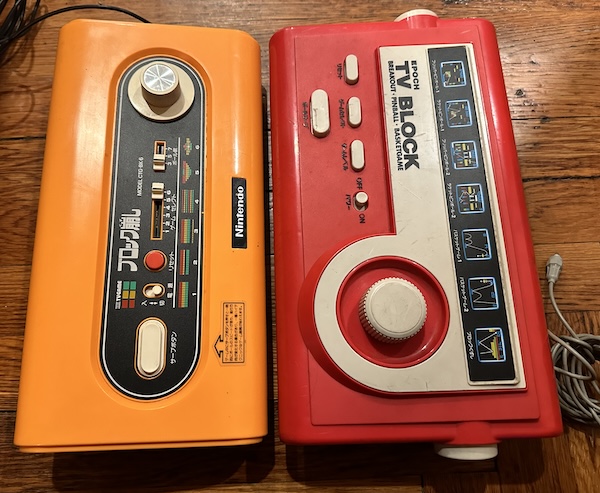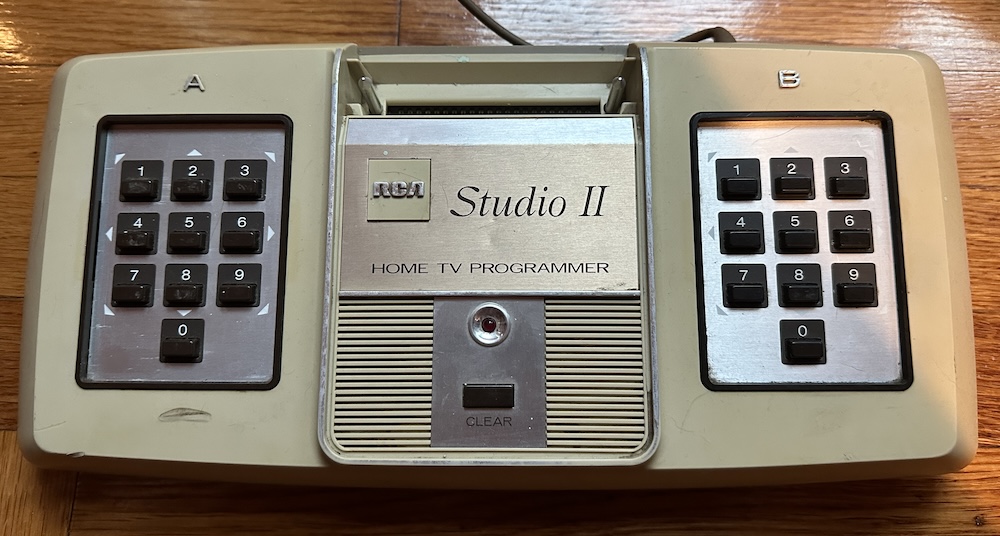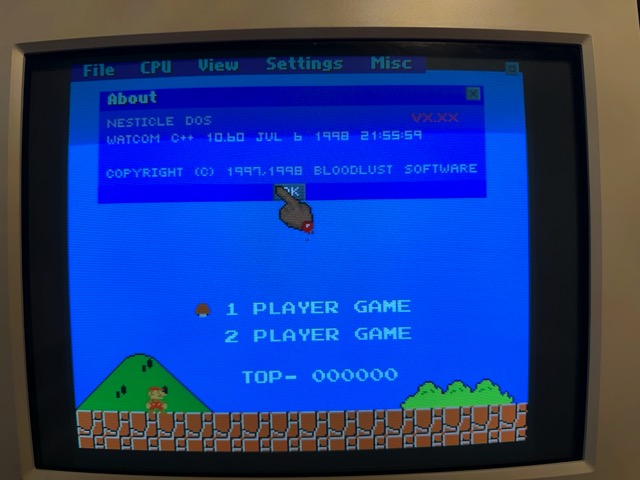-
Yes, You Can Play Duck Hunt Without a Television (but I can't)
Duck Hunt is considered a classic of the Nintendo Entertainment System. But surprisingly, the concept of hunting ducks did not originate in 1984– people have wanted to hunt ducks since at least 1951, when Daffy Duck proclaimed it to be “Duck Season” in the Looney Tunes short Rabbit Fire. But Nintendo didn’t make video games that connected to your television until 1977. What if I wanted to hunt ducks in 1976? BONUS: The ducks are immortal!
-
A Floppy Disk MIDI Boombox: The Yamaha MDP-10
Longtime readers of Nicole Express might know that I dabble in playing the organ. But sometimes I want to play with sounds that don’t have the organ’s definitive sustain capability; sounds like the piano. The Electone ME-30 had some capability to do this, but limited to its built-in FM synthesizer. I wanted something with a more realistic sound. I also wanted something a little weird; maybe, say, a boombox with a floppy disk drive? Sure, why not. PLUS: MIDIx filters! Windows 95! Final Fantasy IV!
-
Upgrading the Atari 130XE Keyboard! DecentXE
One of the very first posts on this blog is on the Atari 130XE. The Atari 8-bit computers had some seriously impressive technology (remember, they came out in 1979!), the missing link between the Atari 2600 and the Commodore Amiga, and by rights, the 130XE, the highest-spec version released, should be the best. But it was also released at a time that 8-bit computers were the cheaper alternative to Atari Corp.’s already-cheap ST line. So that comes with some consequences.
-
Breakout Battle: Epoch vs Nintendo
In 2024, it’s easy to look back at home video games in 1979 and think of it as a time of game consoles; the Channel F and the Atari 2600 (VCS) battling it out, and the RCA Studio II was already dead. But a lot of home gaming was still happening on dedicated single-game consoles– arguably, consoles didn’t really take over until Space Invaders hit the Atari 2600 in 1980. And this was even more true in Japan. Let’s take a look at what they could come up with.
-
A System For The Sixties: The RCA Studio II
Did you ever hear of the tragedy of the Capacitance Electronic Disc? I thought not. It’s not a story MCA would tell you. It’s an RCA legend. It’s said they had a laboratory so advanced, that in 1972, they could put a video on a vinyl record. The only thing they were unable to do was commercialize it, which of course, eventually they had to. Ironic. They could develop amazing technology, but it could never leave the lab. Oh yeah, and they had done the same thing with video games a few years before.
-
ROM Hacking in the 90's
So! You’ve gone “surfing the cyberspace”, and you want to make your own edit of a classic Nintendo game! You’ve come to the right place! I’ve acked a few rohms myself, and am willing to give you the basics. Boot up your Windows 95 and let’s give this puppy a spin, as all the cool kids (a group which quite naturally includes myself) frequently say. It’s so simple and intuitive I don’t need to explain myself to you. Are you ready to party like it’s 1999?
-
Another 1980s Sega 8-bit Arcade Board? Flashgal
There’s the System 1. The System E. Even the Future Spy. But Sega released games on so many different platforms around Zilog’s Z80 processor! Though today, it’s really only Sega by virtue of their role as a publisher. Let’s take a look at Flashgal. Will we end up trying to untangle a maze of Japanese corporate history? Who knows!


